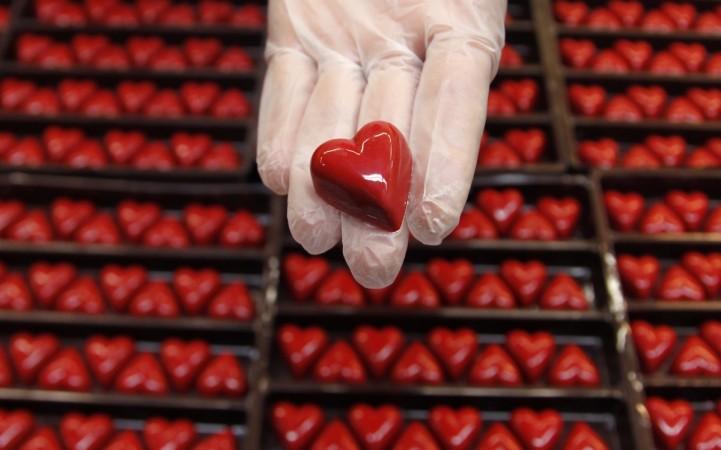
The day, initially observed to commemorate ancient Christian Saint Valentinus, is now globally celebrated as Valentine's Day - to celebrate Love. Thanks to globalisation, the ceremonial display of love has spread far and wide from the Anglican Communion to places predominantly populated by non-Christians.
Without a doubt, Valentine's Day is celebrated in the grandest manner by Americans and their traditions are usually mirrored by other English-speaking communities, like the UK and Canada. And although the customs and ways of celebration differ from place to place, Valentine's Day is observed by several nations.
Let us take a look at how various countries will celebrate love on this Valentine's Day, 14 February:
US and Canada
Valentine's Day is most popular in these two nations and couples go all out to celebrate it with cards, fresh flowers – mostly roses, chocolates and candies. They also hold Valentine's Day programmes for children in schools, while adults organize theme parties and dinners. Some couples use the day as an excuse to pamper each other and go on romantic getaways.
Denmark
14 February is a day for the young in Denmark, wherein lovers exchange love tokens and greeting cards. Valentine's Day cards in Denmark are called "lover's card". These transparent cards, when kept in light, reflect the picture of a lover handing over a gift to his beloved.
Danish men also send gaekkebrev or "joking letters" containing rhymes written by themselves without signing their names. If the Valentine correctly guesses the name of the sender, the sender will need to gift her an Easter egg during Eastertide.
Another Danish Valentine's Day tradition is to send pressed white flowers called Snowdrops to friends.
Finland
In Finland, Valentine's Day is celebrated as Ystävänpäivä, or Friend's Day. As the name suggests, it is a day about remembering friends and not romantic partners.
Iran
Sepandarmazgan, or Esfandegan, in Iran is celebrated in honour of women, and people usually express their love to mothers and wives on this day. It is also a celebration of earth in ancient Persian culture, but is progressively ignored in favour of the Western celebration of Valentine's Day.
Since 2006, Iran's Cultural and Natural Phenomena has been declaring Sepandarmazgan as a national holiday, but on 17 February. This is done to replace the Western holiday.
India
Indians also celebrate the day with a lot of fervour. The celebration started catching up in the country after the advent of MTV in the early 1990s.
As it has its roots in the Western civilisation, Valentine's Day is shunned by many Hindu and Muslim religious parties. They explain that public declaration of love is alien to Indian culture.
And although anti-Valentine's Day protests are staged by the moral police, it is a very popular festival among the liberal Indians.
Japan
Chocolates are the most popular gifts in Japan and Valentine's Day is no different. While gift shops are stocked with chocolates at least a month before the day, most Japanese women believe that store-bought sweets do not make gifts of true love. Hence, they tend to make homemade confections from scratch.
Men who receive chocolates and other gifts on Valentine's Day are supposed to return the favour to the women on 14 March, White Day.
China
In China, the global Valentine's Day on 14 February, is celebrated as lovers' festival. The Chinese Valentine's Day or Qixi Festival, meanwhile, arrives on the seventh day of the seventh month of the lunar calendar.
Valentine's Day on 14 February is not a huge celebration in China, owing to it being too close to the Chinese New Year. Nevertheless, men do gift the women they love chocolates and flowers.









!['Had denied Housefull franchise as they wanted me to wear a bikini': Tia Bajpai on turning down bold scripts [Exclusive]](https://data1.ibtimes.co.in/en/full/806605/had-denied-housefull-franchise-they-wanted-me-wear-bikini-tia-bajpai-turning-down-bold.png?w=220&h=138)



